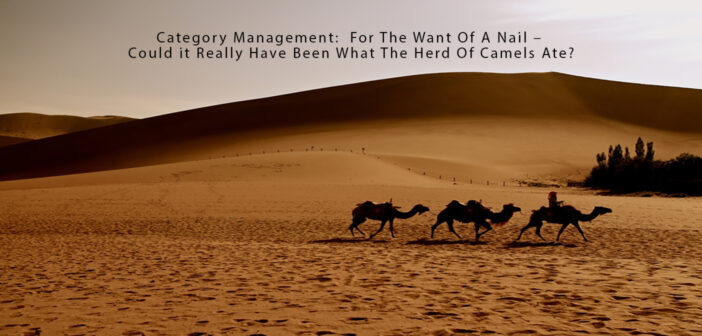By now you have probably heard about the poor Ever Given which is stuck in the Suez Canal. The impact of this is yet to be felt and the severity of the impact is yet to be calculated. Here are just some of the headlines:
- Suez blockage could affect ‘anything you see in the stores
- Suez canal gridlock could raise oil prices and shipping costs
- It could take weeks to dislodge
The Suez Canal (probably the most googled name by Supply Chain professionals all over the world today) is a 1800’s solution to not having to travel all the way around Africa and just take a short cut. However, it was never designed to handle giant cargo ships like the Ever Given – this was a Predictable and Inevitable event. The Suez Canal now handles over 50 ships a day – a majority of which are way too big for the design. You can just imagine the number of ships that are piling up at both ends with nowhere to go. And they are ALL full of containers (which are a precious commodity by themselves) and the goods that are contained in them. Taking all those containers and those ships out of the overall logistical capacity worldwide will have a huge impact – far beyond the immediate delay of the goods on those ships.
What this clearly points to – as if we needed any more proof after the events related to COVID-is the overall fragility of our Supply Chains. For a single event like this to cause such a huge disruption is just not acceptable risk for the current model to continue? To have a single point of failure with devastating effect like this cannot continue? I spent some years directing the development of technology architectures which included network design and that was a cardinal rule – to get rid of single point of failures that could bring down the entire environment. I think CEOs everywhere-still reeling from the impacts of COVID on their supply chains-are waking up to this new bigger disaster. And even if you don’t have any immediate impact, your Tier 2 suppliers may be passing through the impact soon enough.
What this portends is a very serious discussion around the fragility of our supply chains. We talked about the many conversations we’ve been having with CPOs across the globe and their worries about lead times – the follow up conversations with them over the next few days are going to be even more dire – guaranteed!!! We will be under even more pressure from the C-Suite to relook at the overall supply chain model for your firm and redesign it to make it more durable and stable. There will be a fundamental shift in their Strategic Value Drivers and therefore have a huge impact on Category strategies. Shrinking the distance in supply chains will take precedence over cost perhaps. Near shoring may have to accelerate. And as a reminder, we did suggest you start establishing a direct relationship with your counterparts – BOTH on the supply side as well as your customer side. This will help you manage the overall risk far better.
And here is the absurdity of it all – Suez canal blocked by huge container ship after ‘gust of wind’. They are blaming a gust of wind (thus the reference to what the camels ate 😊). That is a convenient way of not discussing the elephant in the room (or the camel) – that the Suez Canal is performing a extremely high risk role for which it was never intended. Just take a look at the picture below – that is a ship the size of the Empire State building and that’s the edge of the canal. And let’s not even talk about the two poor guys on the bulldozer.



